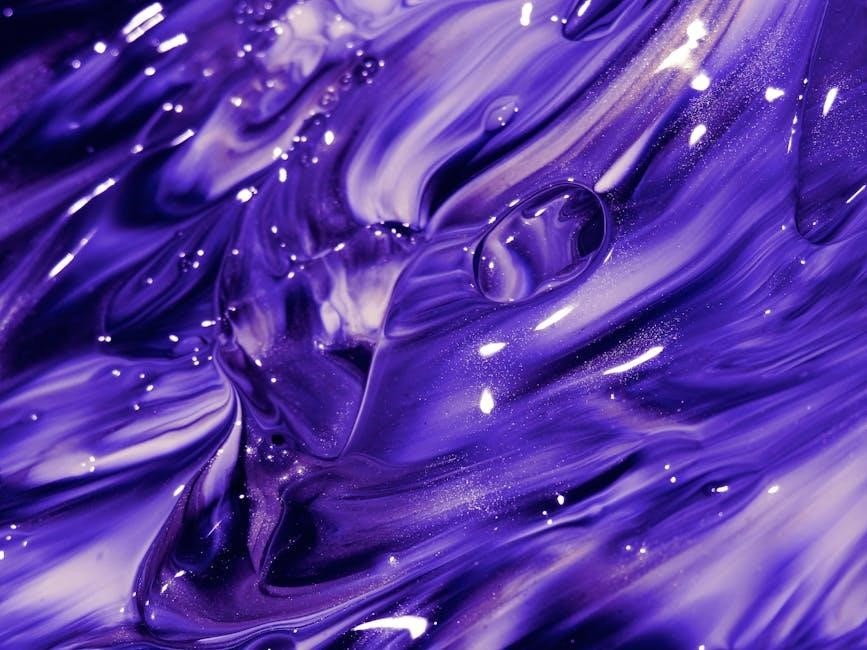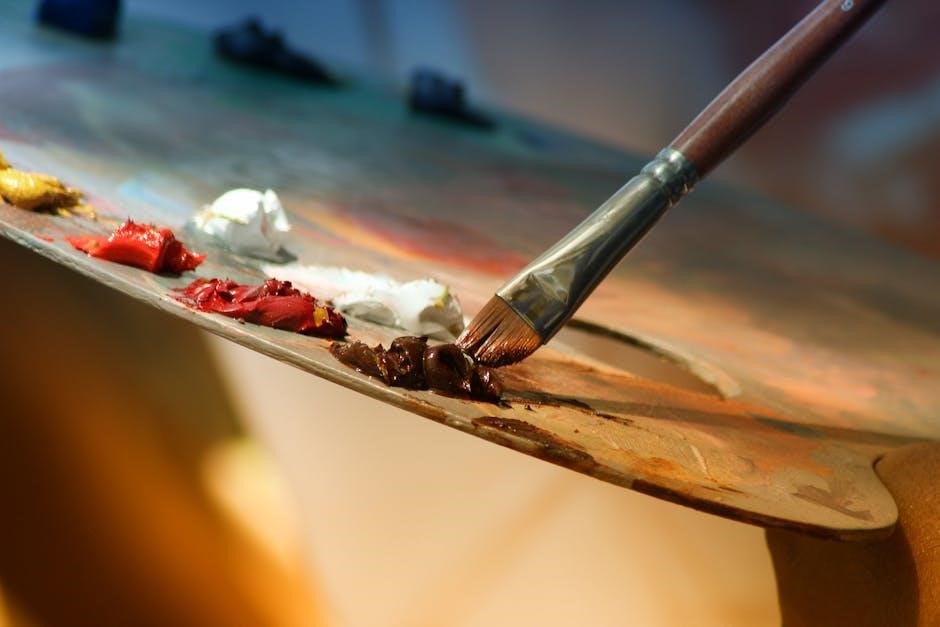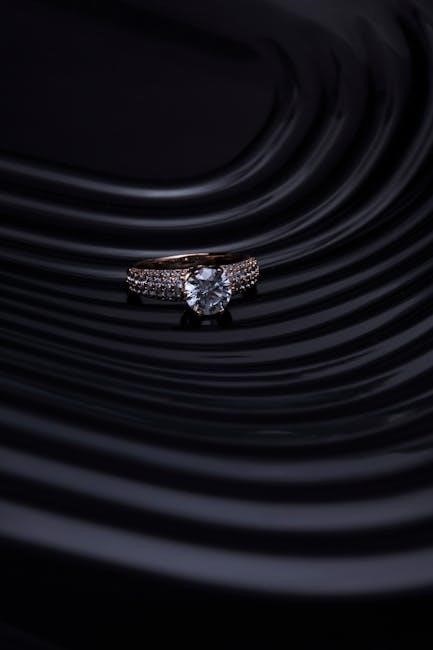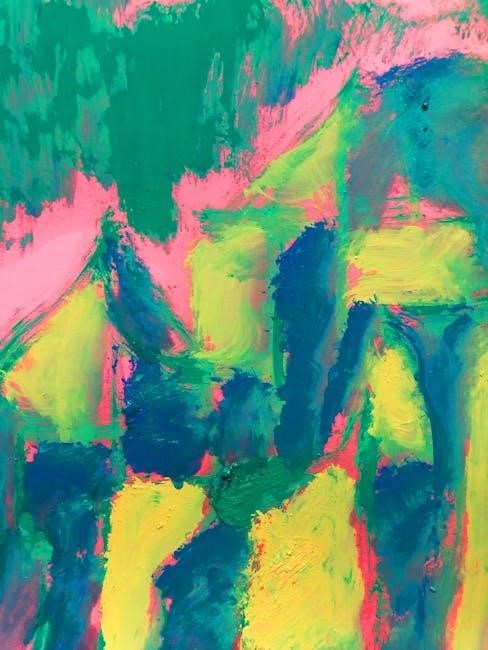What is a Diamond Painting Color Chart?
A diamond painting color chart is a comprehensive list linking DMC codes to their corresponding diamond drill colors. This essential tool helps identify, match, and organize the numerous colors involved in diamond painting projects.
Color charts are vital for diamond painters, aiding in drill identification, organization, and replacement. They ensure accurate color placement, prevent errors, and streamline the creative process, leading to beautiful and precise artwork.
What is a Diamond Painting Color Chart?
A diamond painting color chart serves as a crucial reference guide, systematically organizing all the different hues of diamond drills utilized within a project. Primarily, it establishes a clear connection between the standardized DMC (DMC is a color code) color codes and the physical appearance of each drill color. These charts often present colors in a grid or list format, showcasing the DMC number alongside a visual representation of the corresponding drill. This enables hobbyists to quickly identify and differentiate between similar shades. Color charts become especially valuable when managing large, intricate diamond paintings, where precise color placement significantly impacts the final outcome. These charts are available in printable PDF formats, that can be easily used.
What is a Diamond Painting Color Chart?
A diamond painting color chart serves as a crucial reference guide, systematically organizing all the different hues of diamond drills utilized within a project. Primarily, it establishes a clear connection between the standardized DMC (DMC is a color code) color codes and the physical appearance of each drill color. These charts often present colors in a grid or list format, showcasing the DMC number alongside a visual representation of the corresponding drill. This enables hobbyists to quickly identify and differentiate between similar shades. Color charts become especially valuable when managing large, intricate diamond paintings, where precise color placement significantly impacts the final outcome. These charts are available in printable PDF formats, that can be easily used.
Why a Color Chart is Essential for Diamond Painting
A color chart is indispensable for diamond painting due to its multifaceted utility. Primarily, it aids in accurate drill identification, preventing color mixing errors. Secondly, it facilitates efficient organization, enabling crafters to manage and store their drills systematically. Furthermore, a color chart serves as a valuable reference when replacing lost or misplaced drills, ensuring color consistency across the project. For complex designs involving numerous colors, the chart streamlines the entire process, allowing artists to locate and apply the correct shades swiftly. The color chart helps to achieve a professional-looking finished product. Printable PDF versions are easy to access.
DMC codes are a standardized numbering system for colors, widely used in needlecrafts, including diamond painting. They provide a universal language for color identification, ensuring consistency across different projects and manufacturers.
The Significance of DMC Codes
DMC codes are fundamental to diamond painting, acting as a universal language for identifying specific colors. These codes, standardized across manufacturers, eliminate ambiguity and ensure that artists can consistently match and order the correct drill colors for their projects. Without DMC codes, accurately replicating a design’s intended color palette would be nearly impossible. The codes also facilitate drill organization and storage, allowing painters to easily locate and manage their inventory. Furthermore, when needing to replace missing or depleted drills, the DMC code guarantees a perfect color match, preserving the integrity of the artwork. Understanding the significance of DMC codes is, therefore, crucial for any serious diamond painting enthusiast.

Understanding DMC Colors in Diamond Painting
DMC Color Chart for Diamond Painting (447 Colors)
The DMC color chart for diamond painting, encompassing 447 distinct colors, serves as the definitive reference guide for artists. This chart provides a visual representation of each DMC color, along with its corresponding code, enabling accurate color matching and selection. Presented in a numerical order, this comprehensive chart aids in the efficient organization and storage of diamond drills. Diamond painters rely on this chart to ensure color accuracy in their projects, facilitating seamless transitions and preventing unwanted variations. Accessing a complete DMC color chart is essential for both beginners and experienced artists, empowering them to create stunning and vibrant diamond painting masterpieces with confidence. This resource is crucial for those aiming for professional-quality results.

Free Diamond Painting Color Chart PDF Resources
Numerous websites offer free, printable diamond painting color chart PDFs. These resources provide accessible and convenient tools for diamond painters to organize and reference their drill collections effectively.
Where to Find Free Printable Diamond Painting Color Charts
Finding readily available and printable diamond painting color charts in PDF format is easier than ever, thanks to numerous online resources. Many crafting websites and diamond painting communities offer these charts as free downloads, providing a convenient way to organize and reference your DMC colors. Look for blogs dedicated to diamond painting; often, they provide downloadable charts as a resource for their readers. Online marketplaces and forums related to crafting hobbies also frequently host user-created or curated charts. Ensure the chart includes all 447 DMC colors for comprehensive coverage. Some websites also offer customizable charts, allowing you to tailor the chart to your specific needs. Always check the chart for accuracy before relying on it for color matching.
Downloading and Printing a Diamond Painting Color Chart PDF
Downloading a diamond painting color chart PDF is a straightforward process. Once you’ve located a suitable chart online, click the download link, typically indicated by a download icon or button. The PDF file will then be saved to your computer’s designated downloads folder. Before printing, open the PDF file using a PDF reader like Adobe Acrobat Reader. Check the document settings to ensure it will print at the correct size and resolution for optimal readability. Consider printing on cardstock for added durability, especially if you plan to handle the chart frequently. Ensure your printer settings are configured to print in color for accurate color representation. After printing, verify that all DMC colors are clearly visible and legible on the chart.

Using a Diamond Painting Color Chart Effectively
Effective use of a color chart involves carefully matching the diamond drills to the corresponding DMC codes on the chart. This ensures color accuracy in your diamond painting projects.
Matching Drills to the Color Chart
Accurately matching drills to the color chart is the cornerstone of successful diamond painting. Begin by identifying the DMC code printed on the drill packet. Then, locate the corresponding code on your color chart, ensuring it matches the color name or visual representation. Compare the drill’s color under good lighting to the chart’s reference to confirm the match. This meticulous process prevents color errors and ensures the final artwork aligns with the intended design. Double-checking the color is crucial, especially with similar shades. Using a well-lit workspace enhances color perception and minimizes mistakes. A correct match guarantees a vibrant and accurate diamond painting.
Storing and Organizing Drills with a Color Chart
Efficient storage and organization are crucial for diamond painting, and the color chart plays a central role. Sort drills by their DMC code and store them in labeled containers, referencing the chart for identification. Small, clear containers or resealable bags work well. Arrange these containers in numerical order corresponding to the color chart. This systematic approach streamlines the painting process and allows for quick access to the needed colors. Clearly labeling each container with the DMC code prevents confusion and ensures accurate color placement. Maintaining an organized drill collection saves time, reduces frustration, and keeps your workspace tidy. A well-organized drill collection enhances the overall diamond painting experience.
Color perception varies; what looks like one shade may appear different under diverse lighting. Diamond painting drill colors can also slightly vary between batches. Use your color chart in natural light.
Dealing with Color Variations and Perceptions
Color perception is subjective and influenced by lighting, screen settings, and individual eyesight. What appears to be a perfect match on a digital chart might differ slightly in physical form. Moreover, slight variations can occur between different batches of diamond drills, even within the same DMC code. To mitigate these issues, always compare your drills to the color chart under natural light to ensure the most accurate assessment. Consider that individual screens render colors differently, and printed charts can also vary based on printer settings and paper quality. When in doubt, cross-reference with multiple charts and trust your judgment, prioritizing overall harmony within your project. Remember minor variations are often imperceptible once the diamond painting is completed.
Troubleshooting Color Matching Issues
Finding Substitute Colors Using a Color Chart
A diamond painting color chart is invaluable when you need to find substitute colors, whether you’re running low on a specific drill or seeking a slightly different shade for creative effect. The chart allows you to identify similar colors within the DMC range. Look for adjacent colors numerically, as these often represent gradual shifts in hue or saturation. Consider the color’s family (e.g., browns, blues, greens) and choose a substitute that maintains the overall color balance. Online resources and diamond painting communities can offer suggestions for suitable alternatives based on other artists’ experiences. When substituting, test a small area first to ensure the new color integrates seamlessly and achieves the desired visual impact. Always prioritize maintaining the project’s intended aesthetic.
Creating a DIY diamond painting color chart allows for personalization. Methods include using blank charts, adhering drills directly, or creating digital spreadsheets for efficient color reference and management during projects.
DIY Color Chart Methods
Crafting your own diamond painting color chart offers a personalized approach to organization. One method involves printing a blank chart and adhering drills directly onto corresponding DMC numbers. Alternatively, create a digital spreadsheet, listing DMC codes alongside color names and virtual representations. Another option includes painting small swatches of color next to their codes.
Consider organizing your chart by numerical order or color family, enhancing efficiency. Label each section clearly and use high-quality adhesive to secure drills. This customized system ensures easy drill identification and a streamlined diamond painting experience, tailored to your preferences and project needs. This personalized method allows for easy updates.
Creating Your Own Diamond Painting Color Chart
Customizing Your Color Chart for Specific Projects
Tailoring your color chart to individual diamond painting projects enhances efficiency and reduces errors. Begin by highlighting only the DMC colors present in your current project. Add columns to track drill inventory for each color, noting quantities and storage locations. Consider including a small image of the corresponding symbol used in the pattern for quick visual reference.
For complex projects, create separate mini-charts for different sections, ensuring focus and clarity. Annotate the chart with project-specific notes, such as color blending techniques or areas requiring extra attention; By customizing your chart, you transform it into a precise and invaluable project companion, optimizing your workflow.

Advanced Tips and Tricks
For complex, multi-color projects, leverage your color chart by creating subsets focused on specific sections. This targeted approach simplifies drill management and minimizes confusion, leading to a smoother workflow.
Utilizing the Color Chart for Multi-Color Projects
When tackling intricate diamond painting projects with numerous colors, a well-organized color chart becomes indispensable. Begin by highlighting the specific DMC codes used in your project on a master color chart. For enhanced efficiency, create smaller, project-specific charts. These subsets should include only the DMC codes relevant to that particular piece, reducing clutter and streamlining your workflow. Consider organizing your drills in containers labeled with these project-specific DMC codes. This will help you quickly locate the needed colors.
Furthermore, for large projects, break down the canvas into manageable sections. For each section, isolate the corresponding colors on your chart. As you complete a section, clearly mark off the used colors on your project-specific chart. This systematic approach minimizes errors and keeps you organized, ensuring a seamless and enjoyable diamond painting experience, especially when dealing with a multitude of hues.
Color Chart Applications Beyond Diamond Painting
While primarily designed for diamond painting, the utility of a DMC color chart extends far beyond this craft. The detailed color information is invaluable in various artistic and organizational contexts. For cross-stitch and embroidery enthusiasts, the DMC codes on the chart directly correspond to thread colors, facilitating accurate color matching for patterns and designs. Similarly, knitters and crocheters can use the chart to find yarn colors that closely match their desired shades, ensuring consistent and harmonious results.
Moreover, the chart proves beneficial in general color organization. Artists can use it to catalog paint colors, while crafters can employ it to sort beads, sequins, or other materials. The numerical system provides a structured method for identifying and storing items by color, simplifying inventory management and project planning across diverse creative endeavors. The versatility makes it a valuable asset.


